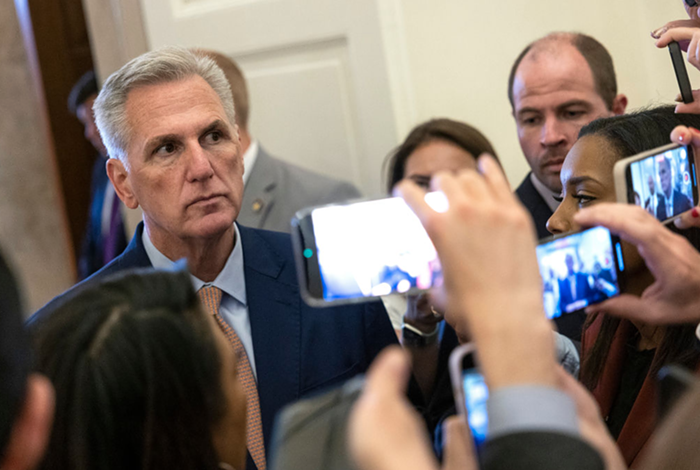
[You can read all of the Mercury’s “Top Stories of 2021” here.—eds]
The availability of COVID-19 vaccines for the general public this year created, in the words of Governor Kate Brown, “a tale of two pandemics.” The majority of Oregonians embraced the vaccine, prompting Brown to briefly remove COVID safety precautions as cases declined in the first part of the year. Unvaccinated people—some of whom lack access to the shot while others rally for their personal freedoms—were hit hard by the Delta variant this summer, triggering a surge in COVID cases that overburdened hospitals and prompted a return of state-imposed COVID safety restrictions.
Vaccine Access Inequity Impacts State Re-Opening Goals: With the availability of vaccines came issues of vaccine equity. Despite the state’s goals of prioritizing immunization for vulnerable groups like immunocompromised people and communities of color, non-white Oregonians faced more barriers to accessing the vaccine than their white counterparts. Those barriers included mistrust of public health systems, lack of vaccine information in languages other than English, and vaccine sites locations. Meanwhile, the Oregon Health Authority reported that the Pacific Islander community in Multnomah County achieved a shockingly-high 100 percent vaccination rate. Turns out, a chronic undercounting of Micronesian Oregonians skewed the reality of COVID-19 in their communities.
Oregon "Reopens," Then Closes: Four hundred and 89 days after the first case of COVID-19 was identified in Oregon, the state “reopened,” effectively ending almost all COVID safety precautions like masking, physical distancing, and indoor capacity limits. On June 30, Governor Kate Brown hosted a bittersweet celebration of the milestone, praising Oregonians for approaching the 70 percent vaccination threshold while acknowledging the 2,774 people who had died of COVID. While Brown announced the end of COVID restrictions, the Delta variant was spreading throughout the state creating the largest surge of COVID cases during the entire pandemic. The summer surge triggered the return of safety precautions and indoor masking is currently required in Oregon, regardless of vaccination status.
Oregon Kaiser Permanente Workers Threaten Strike: Nearly 3,400 Oregon healthcare workers at Kaiser Permanente were on the verge of striking in early October, citing a preexisting staffing crisis that had only been exacerbated by the pandemic. The Kaiser employees, who have been working in hospitals at capacity with COVID-19 patients for nearly two years now, had asked the company for a four percent wage increase. The company countered with a one percent increase—about a 50 cent pay rate increase. The strike—which would have been the largest healthcare strike in US history—was narrowly avoided when Kaiser conceded, offering a 3 percentage yearly wage increase.
Portland Schools Struggle to Maintain In-Person COVID Safety Policies: Portland Public School (PPS) students went back to full time in-person learning in September. However, students and teachers quickly started raising concerns about the lack of adherence to many of the district’s COVID-19 safety protocols. According to students, hallways and classrooms were overcrowded due to high enrollment, causing minimal social distancing as students moved from class to class in combination with inconsistent mask-wearing. “I cannot convey to you the amount of dread I have about going to school and hurting someone I love,” one student told the PPS board.
Public Employees Fired After Refusing to Get Vaccinated: One hundred and twenty-three City of Portland and Multnomah County employees opted to lose their jobs instead of getting the COVID vaccine in October. In other words, all of the city and county’s over 11,600 employees are vaccinated, except for the Portland police and sheriff’s office which are exempt from the mandate.













